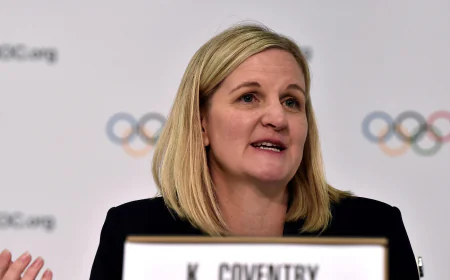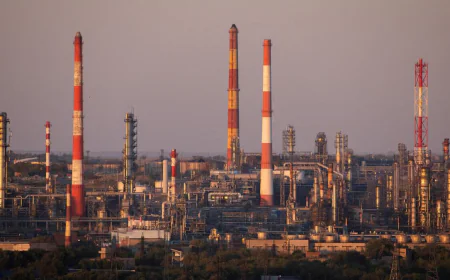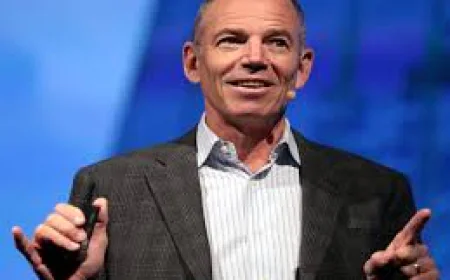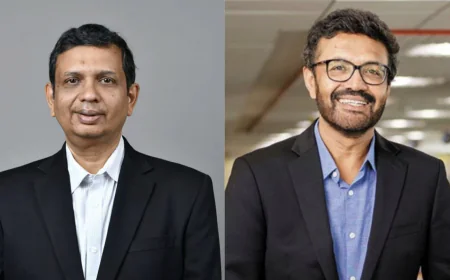RBI survey: Families expect more inflation reductions, and low interest rates boost consumer confidence
According to the survey released by the Reserve Bank of India (RBI) on Thursday, the confidence of urban consumers has also increased. This survey conducted in 19 major cities between July 1 and 12 included 5,197 people.
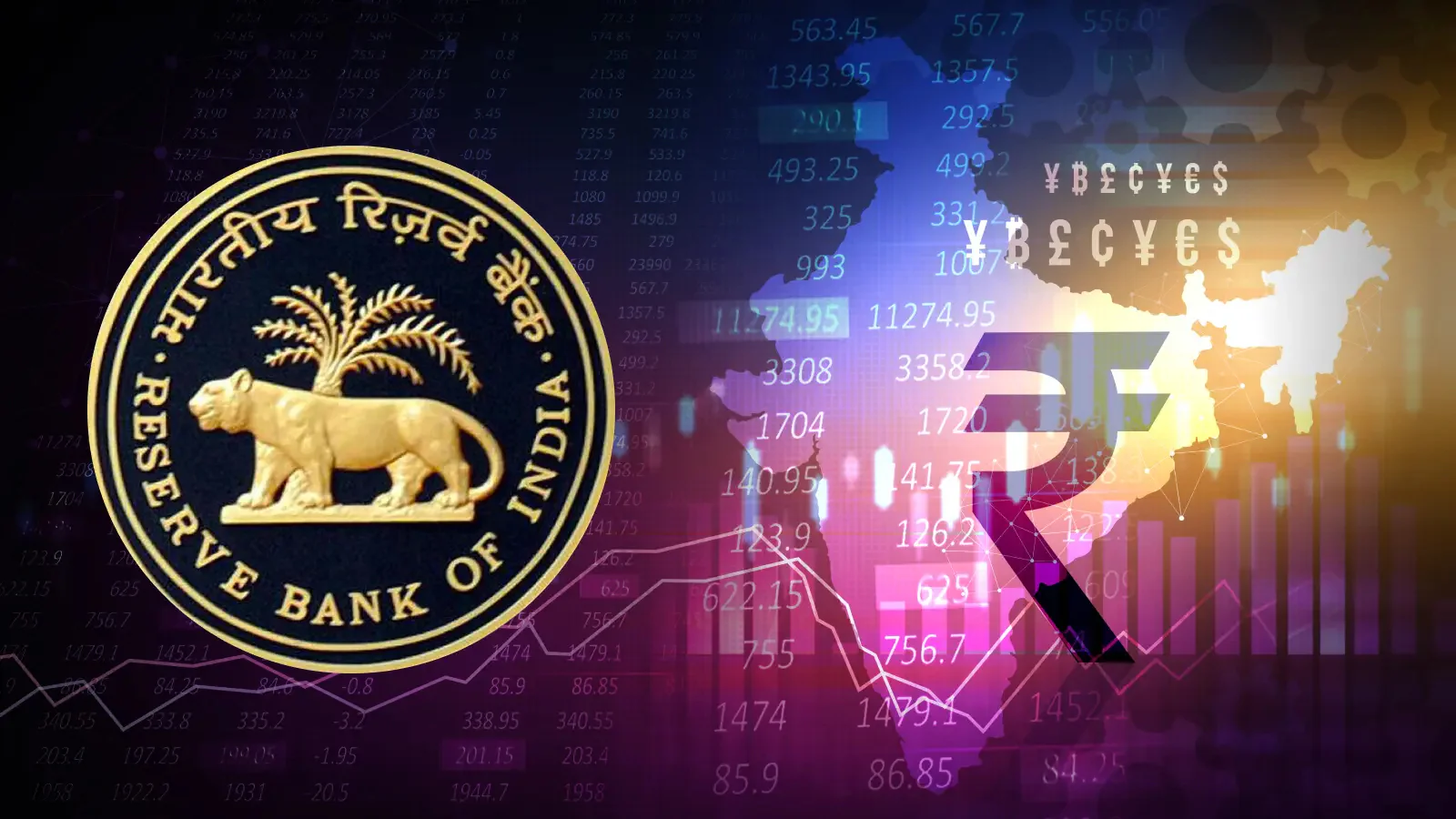
The continuously falling inflation is also likely to decrease further. Consumer confidence has improved considerably in July in the urban and rural parts of India. This is an indication of the increasing confidence in the economy. The primary cause for this improvement is the fall in retail inflation and better interest rates, because of which the perception of households has also improved.
According to the survey released by the Reserve Bank of India (RBI) on Thursday, the confidence of urban consumers has also increased. This survey conducted in 19 major cities between July 1 and 12 included 5,197 people. The average perception of current inflation fell by 0.50% to 7.2% in July from 7.7% in May 2025. According to the survey, inflation expectations for the next three months and one year fell by 0.60 and 0.50% to 8.3% and 9.0%, respectively. For a three-month period, 79.5% of households expect prices to rise. This is down from 80.5% in May. For a one-year period, the number stood at 88.1%, while it was 89.2% in May 2025.
However, the percentage of those expecting food prices to rise fell to 80% from 82.8% in May in the new survey. City-wise variations were evident. For instance, Bhopal recorded the highest one-year inflation expectation of 11.2%. Households in Ahmedabad had the lowest expectation of 5.4%. Delhiites estimated current inflation at 8.1% and estimated it to rise to 9.0% after one year.
Want to get your story featured as above? click here!
Want to get your story featured as above? click here!
Retired persons and older people had the highest inflation perceptions and expectations. People above 60 years of age estimated that inflation would rise to 9.6% in one year. Daily wage labourers expressed the lowest average expectation of 8.1%. However, the RBI does not endorse these views. This is just a survey to provide information on the inflation pressures of the respondents. Therefore, the survey results reflect the views of the respondents.
According to this bi-monthly survey, the Current Situation Index (CSI) increased from 95.4 in May to 96.5 in July. Despite concerns over employment and prices, this improvement was due to better perceptions of consumers about income, spending and general economic conditions. The Future Expectations Index (FEI) also increased by 1.3 points to 124.7 from 123.4 in the previous round. This reflects optimism about the economic outlook, income growth and future spending. Pessimism about the current price situation and inflation has declined for the third consecutive survey round.
The recent mood worsened on the jobs side. It worsened to -6.7 in July from -5.9 in May. The net reaction in jobs expectations over the next one year, however, rose to 31.0 from 29.8 previously. The net reaction for current expenditure rose to 78.0, and future spending expectations rose to 80.0. This was also helped by an increase in non-essential spending. Essential spending remained consistently high. The net response for current sentiment stood at 86.5 and for future expectations at 86.2.
The first quarter of FY 2025-26 saw seasonal softness in credit demand across key sectors. However, bankers expect improvement in the upcoming quarters. The survey covered 30 major scheduled commercial banks. They have more than 90% share in the country's total bank loan.
India's merchandise imports will grow twice as much as exports in the current financial year. Merchandise imports are expected to grow by 2.5% in 2025-26, which is more than double the growth rate of merchandise exports. Merchandise exports and imports are estimated to grow by 1.2 and 2.5%, respectively, during 2025-26. Exports are expected to grow by 4.9 and imports by 6.0% in dollar terms in 2026-27. Due to this, the current account deficit is estimated to be 0.8% of GDP at current market prices in 2025-26. It is estimated to increase slightly to 0.9% in the year 2026-27. Real gross domestic product (GDP) is expected to grow by 6.4% in 2025-26 and 6.7% in 2026-27. This is lower than the RBI's estimate of 6.5%.
Companies expressed concerns over rising input costs and wage pressures. 693 companies reported improvement in business conditions, turnover and employment in both sectors in the first quarter of the current financial year. Expectations for the July-September quarter and prospects for the rest of the financial year on key parameters were also included. Service sector firms reported improvement in overall business conditions, employment conditions and turnover in the first quarter. However, rising wages emerged as a growing concern.
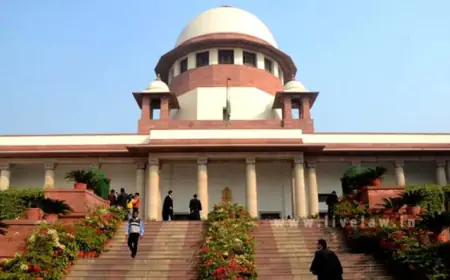
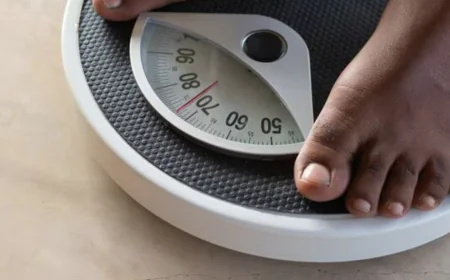
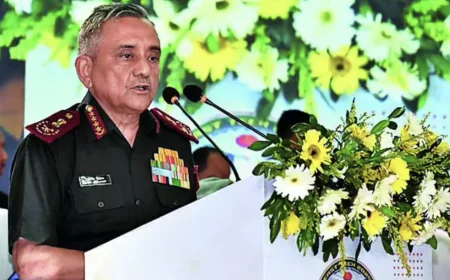












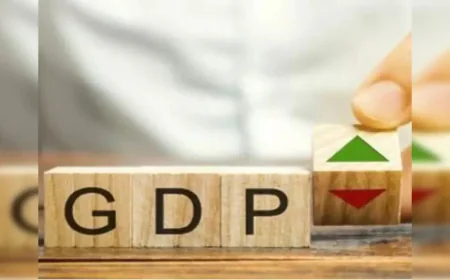

























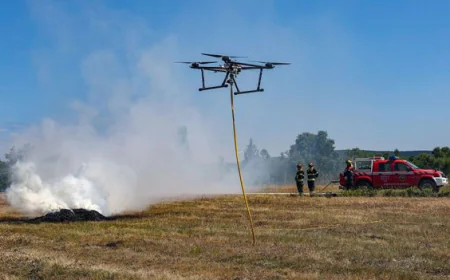



.jpg)






